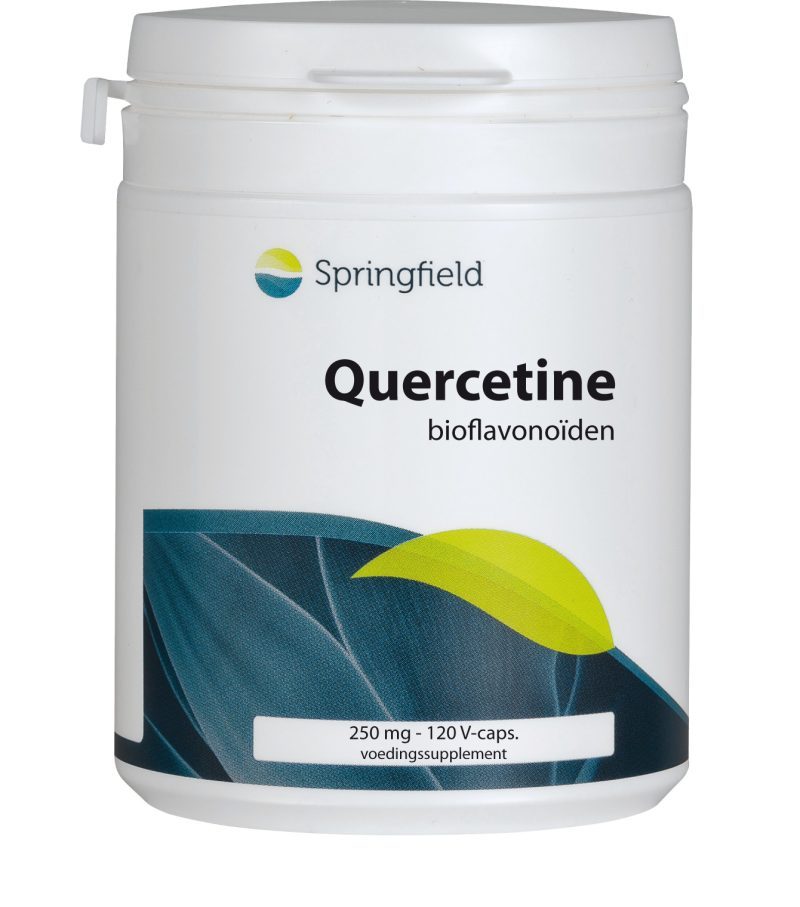
Quercetin is a plant-derived (bio)flavonoid. This natural dye is commonly found in foods such as red wine, apples, onions and green tea.
It occurs naturally mainly as a glycoside (bound to one or more sugars). A small percentage occurs as aglycone, the non-sugar-bound form. In the digestive tract, part of the glycosides are released from the sugars, after which quercetin can be absorbed as aglycon. Quercetin as a dietary supplement is absorbed better and faster in the aglycone form than in the glycosidic form.
An average diet provides about 25 to 50 mg of quercetin daily.
-
Aanbevolen gebruik
2 to 3 times a day 1 capsule, preferably during or directly after a meal. Do not exceed the recommended dosage.
-
Ingrediënten
250mg Quercetine
-
Ingrediëntendeclaratie
Quercetin; Stabilizer (capsule: hypromellose); rice starch; Filler (microcrystalline cellulose); Anti-caking agent (magnesium stearate).
-
Interacties en waarschuwingen
Use with caution in combination with drugs. Quercetin can alter the blood level of many drugs.
Do not take at the same time as iron, the absorption of iron can be reduced due to complex formation, at least 2 hours before or after taking Quercetin.
May antagonize the effect of certain antibiotics (fluoroquinolones) (pharmacodynamic interaction).
Do not use in combination with Digoxin, anti-HIV agents, immunosuppressants (cyclosporine, everolimus, tacrolimus, sirolimus). Quercetin can reduce the effect of these medicines by lowering the blood level. May increase the blood level of topotecan and thus the risk of serious side effects.
Pregnancy/lactation: There are insufficient data on safety in pregnant women and during breast-feeding.
